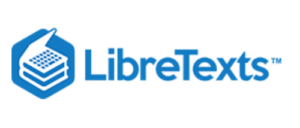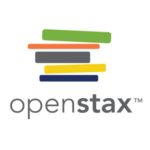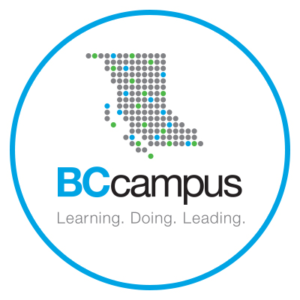6 Explore content
Content is the engine of the adaptive learning platform. An adaptive learning platform will actually require more content than a typical course would. This is because the adaptive learning platform adapts itself to each individual learner. Not all students will have the same path and as such, each student will require different content. Some students may require very simple and straight forward content, while others require something that is more complex and challenging.
A great place to begin is to curate the material that you or your organization may have had already in place for this topic. Slidedecks, videos, PDF’s, infographics, worksheets, textbooks all are a great place to start. Start to gather the information that you have at hand. It is advisable to start categories such as multimedia, documents, and question banks to keep the content
organized. Once you have the content readily available from your organization curated start looking outside. Sites like Khan academy provide free resources on a variety of topics. Open educational resources are another great source of information. Sites such as OpenStax, libre text and BCcampus are
great repositories of materials and resources that are openly licensed. It goes without saying that if you plan on using material from publishers, that you have permission to do so.
As you begin to curate the material, it is important that you start to look at it from a different viewpoint than you may be used to. Most content in education is designed in a linear fashion. One concept building upon the next. When designing for adaptive learning, it must be considered how each resource can be used on its own. This requires adapting the curated material into chunks.




